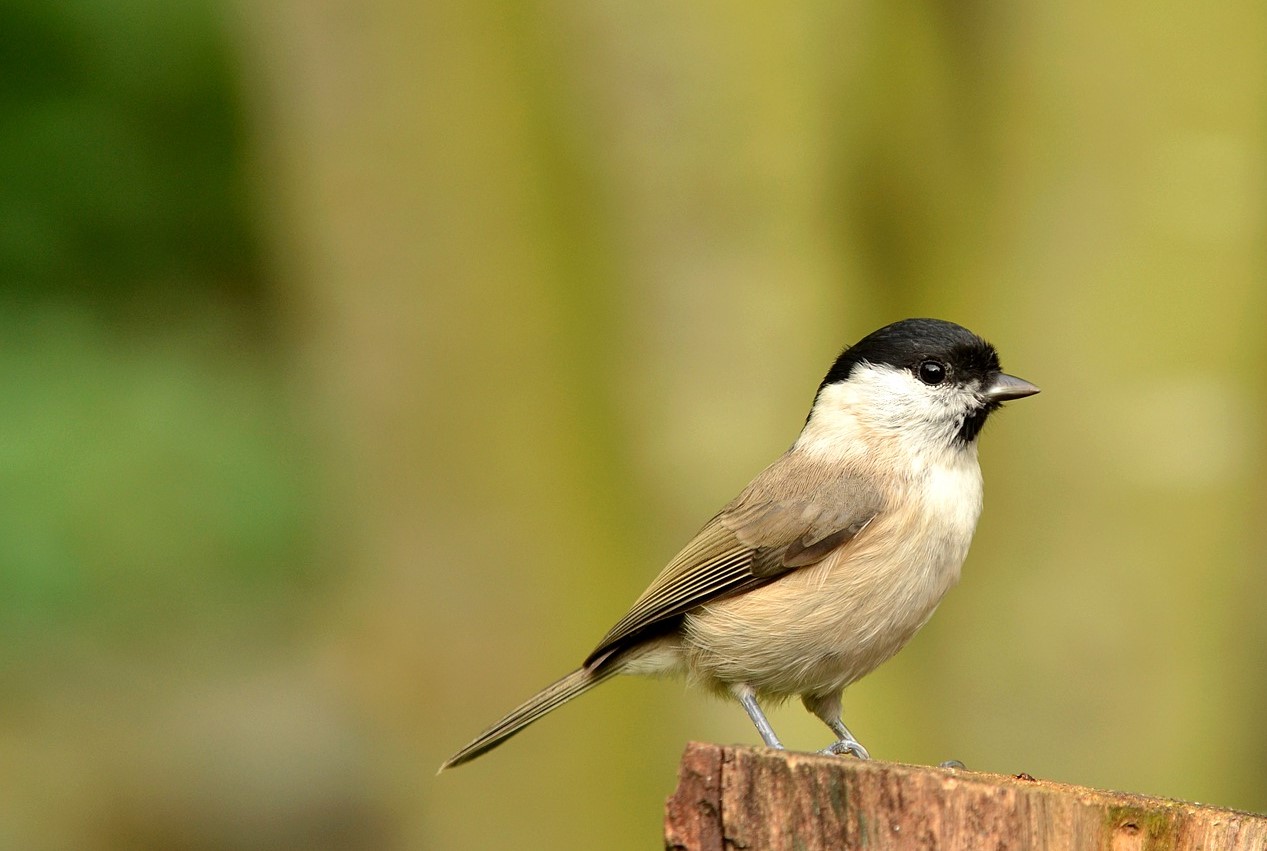Variation in wing length in relation to sex and age of Marsh Tits Parus palustris
DOI:
https://doi.org/10.34080/os.v2.23080Keywords:
sexual dimorphism, age differences, biometrics, sexingAbstract
Wing length of juvenile and adult Marsh Tits Parus palustris was measured during autumn and winter. Individuals later sexed during breeding were used to study a possible sexual dimorphism in wing length. Males of both juveniles and adults had significantly longer wings than females, the difference between the sexes being around 5.5%. Using wing length as the only criterion, between 97.4% and 88.6% of juveniles and between 98.0% and 93.4% of adults can be unambiguously sexed during autumn/winter. Individuals measured during their second or later autumn/winter had significantly longer wings than those measured as juveniles. No evidence for selection against short-winged individuals was found. Each individual increased its wing length during the first complete moult. Hypotheses explaining an increase in wing length with age are discussed and I argue that the best explanation encompasses some sort of nutritional constraint during the nestling and/or early fledgling phase.
Downloads

Downloads
Published
How to Cite
Issue
Section
License
The copyright of each contribution belongs to the author(s), but all contributions are published under a Creative Commons license, so that anyone is free to share and reuse the contribution as long as the copyright holder is attributed.







